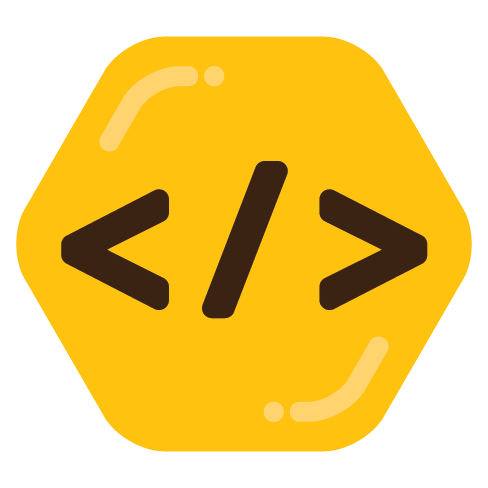

I’ve used it only once to find a bug in a section of code at a company I was working for that both me and the other engineer I was working with did not know the history of. We were able to triangulate effectively the root of the pre-existing bug, and kind of how it was introduced, because of the surrounding history. Very useful tool for this purpose, albeit one that I use very infrequently.





Excellent. Thank you for sharing this artist